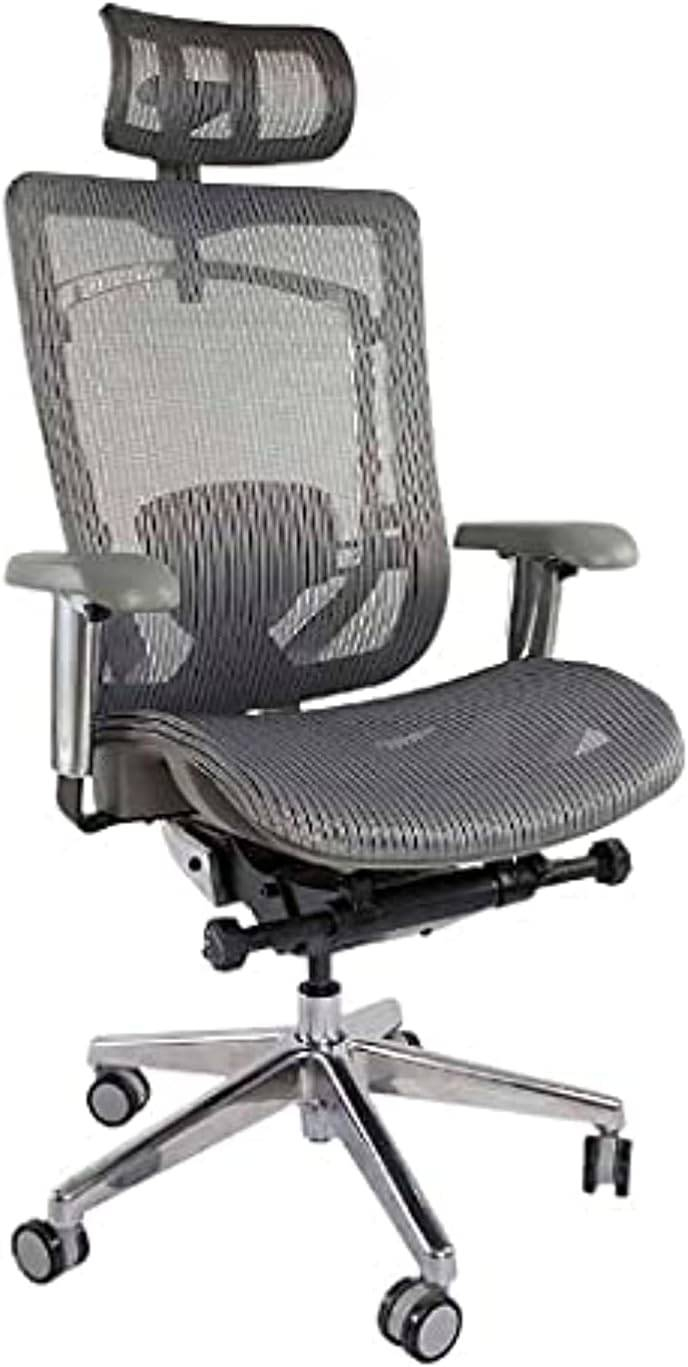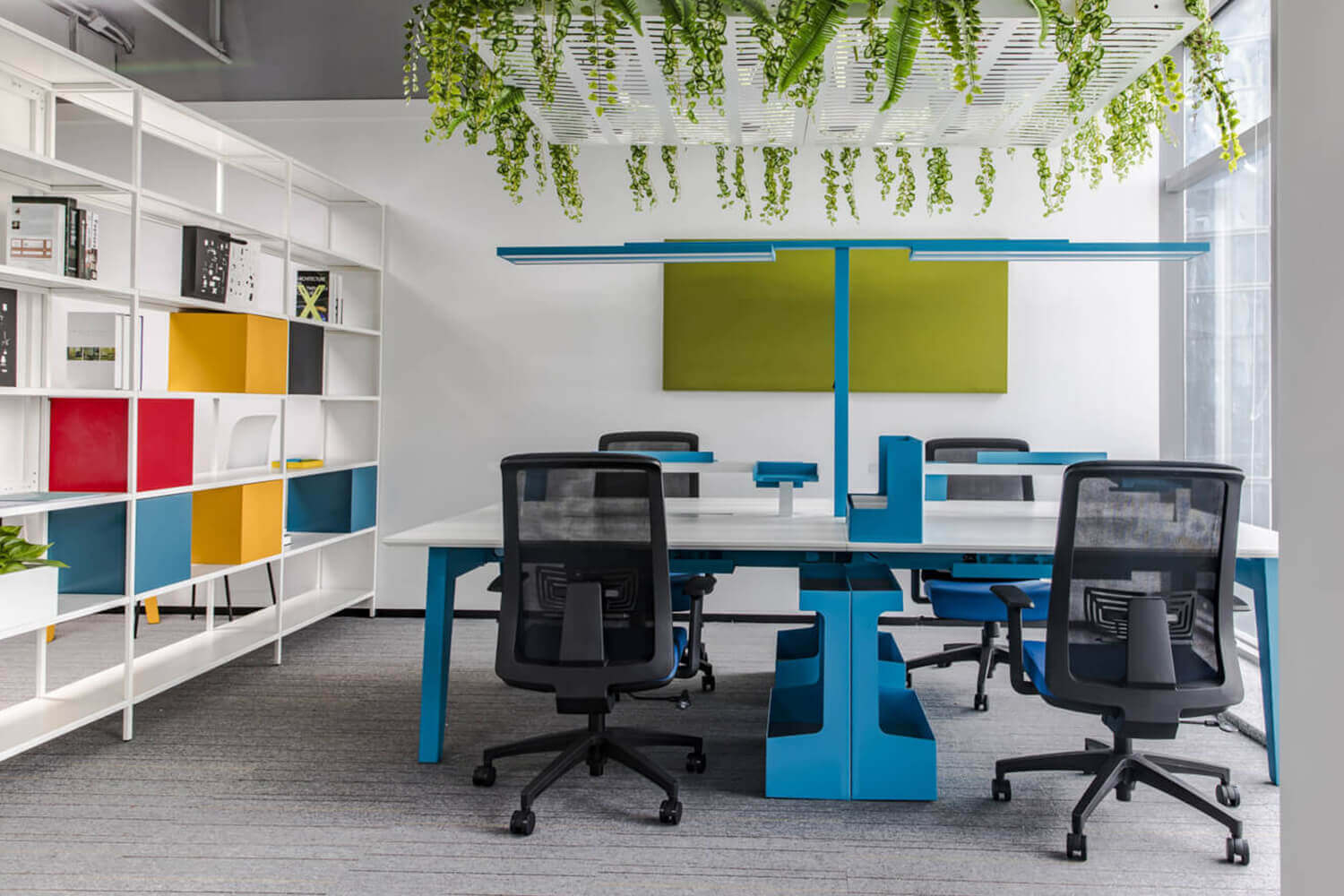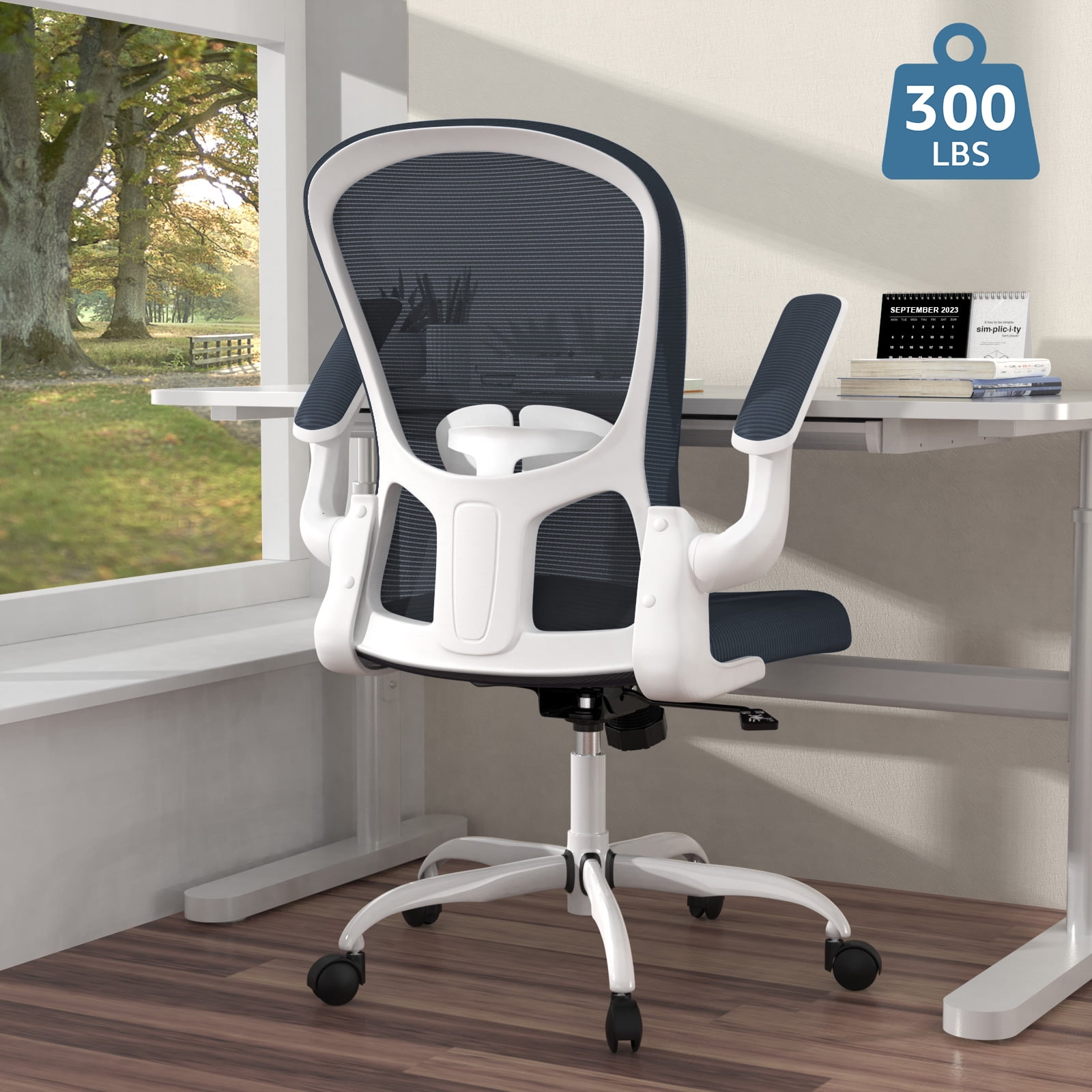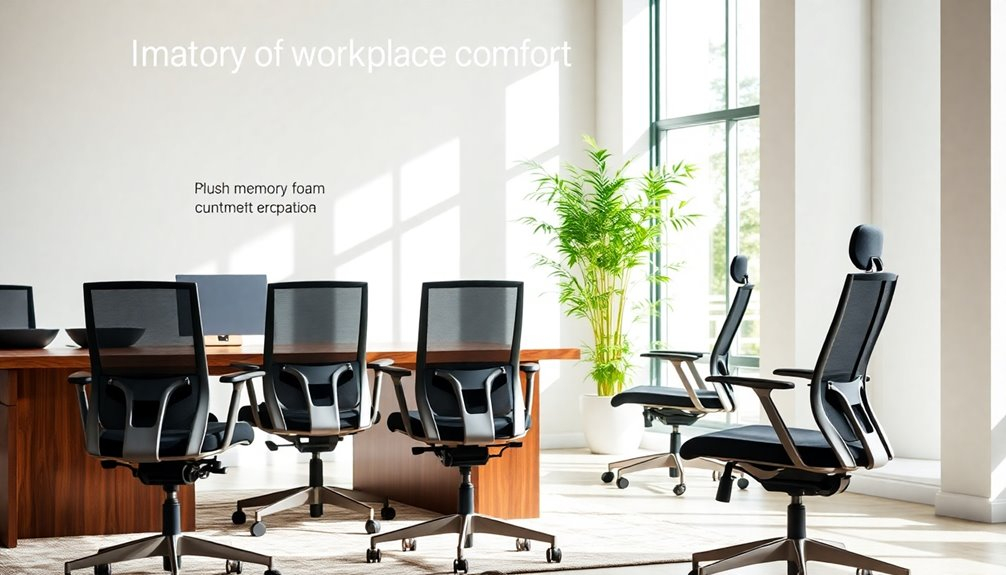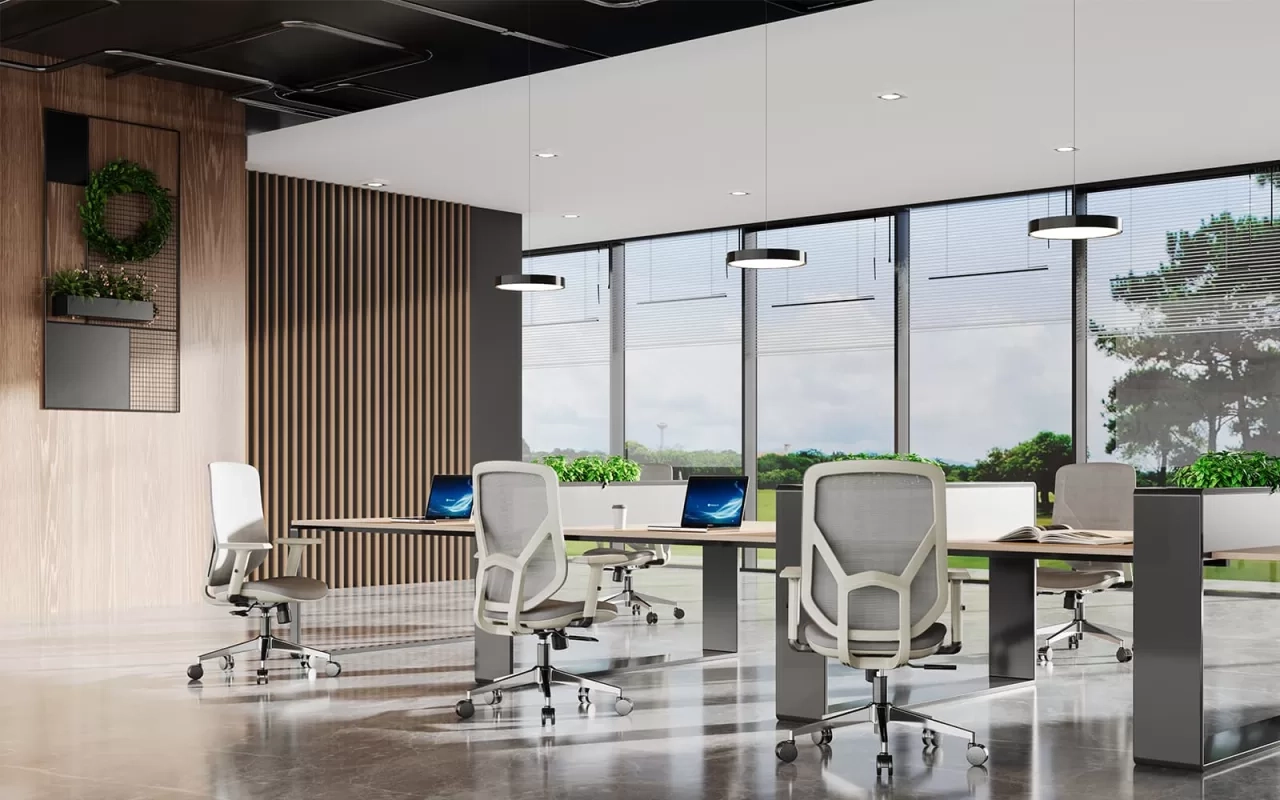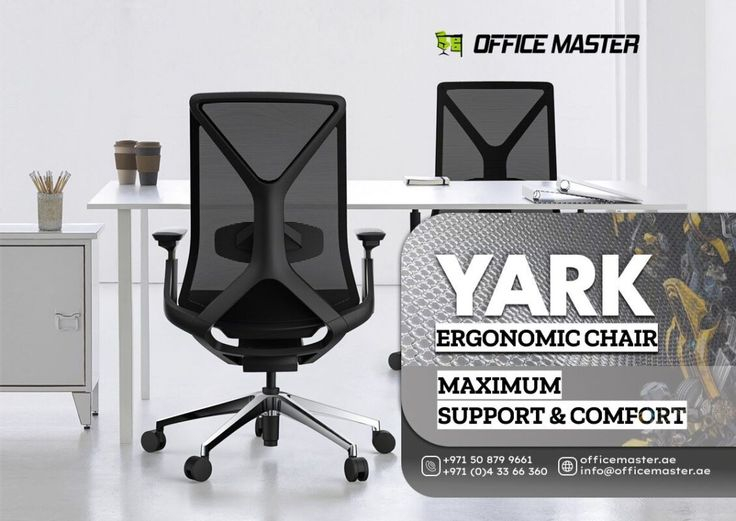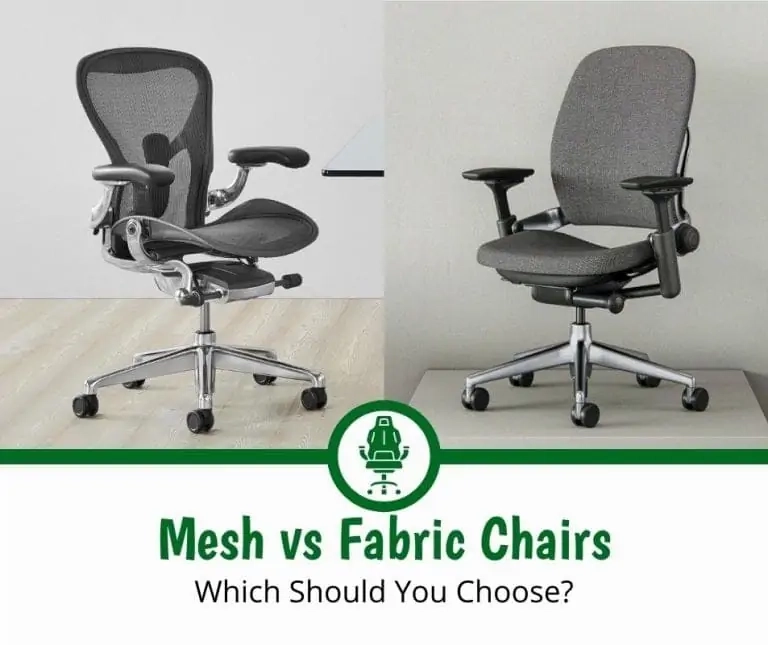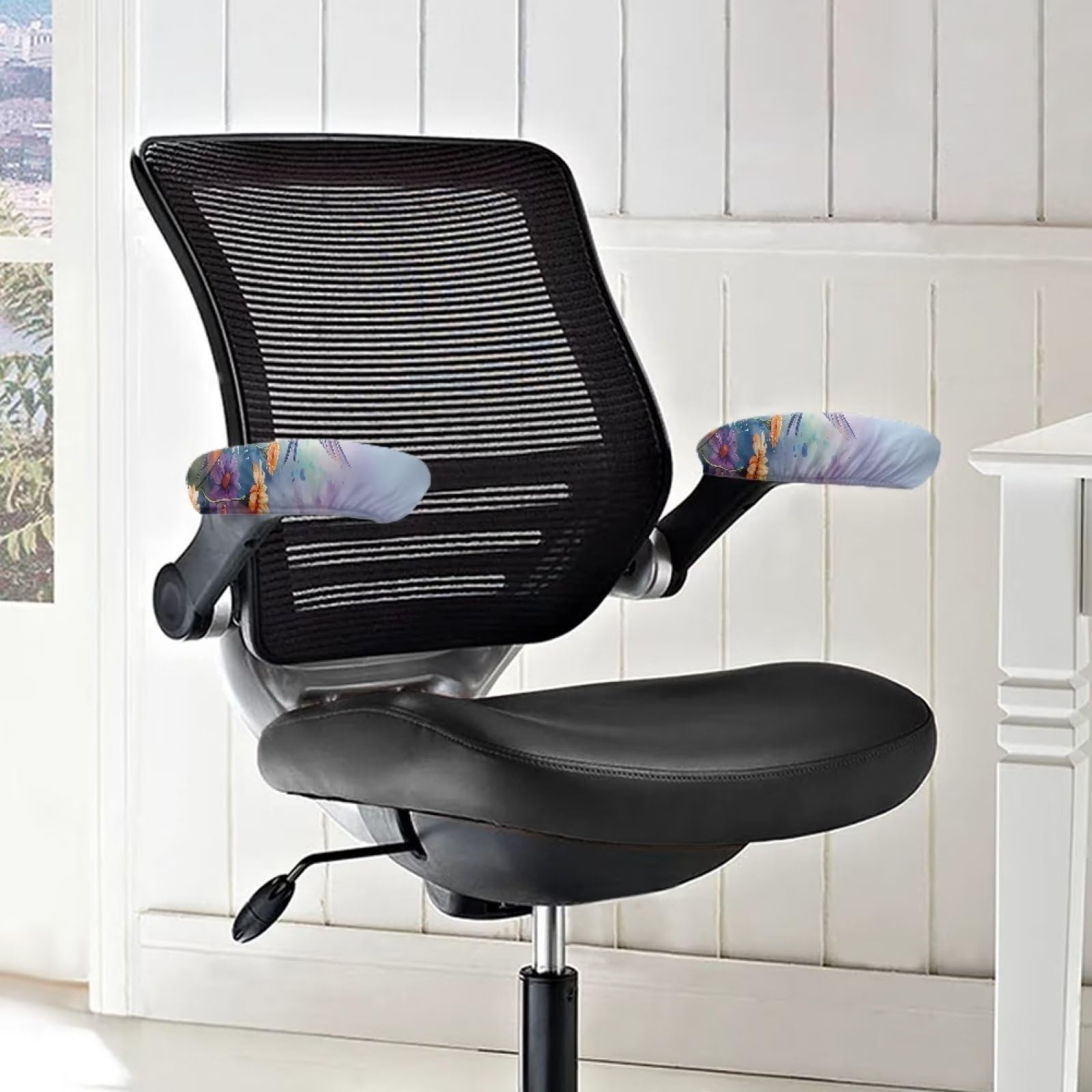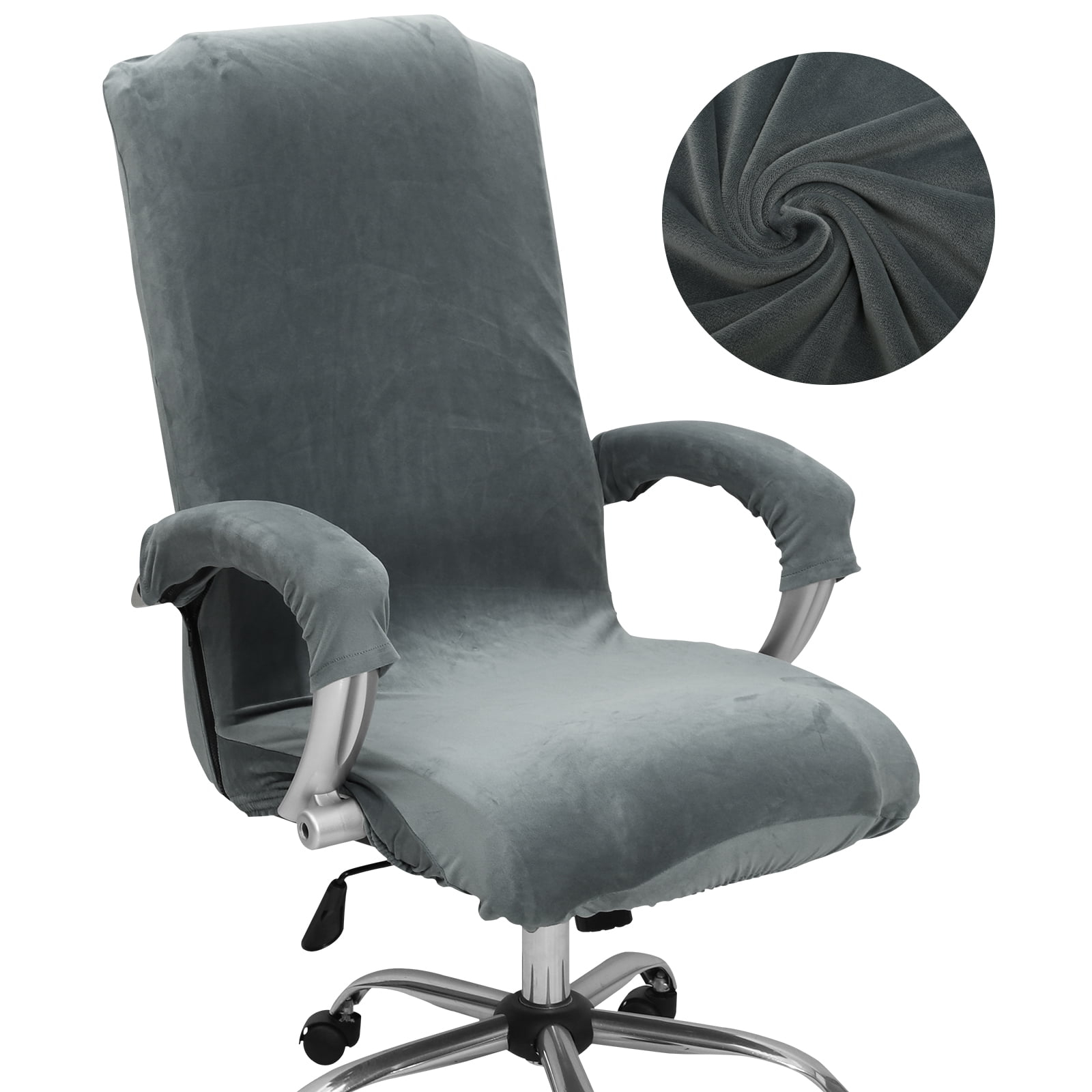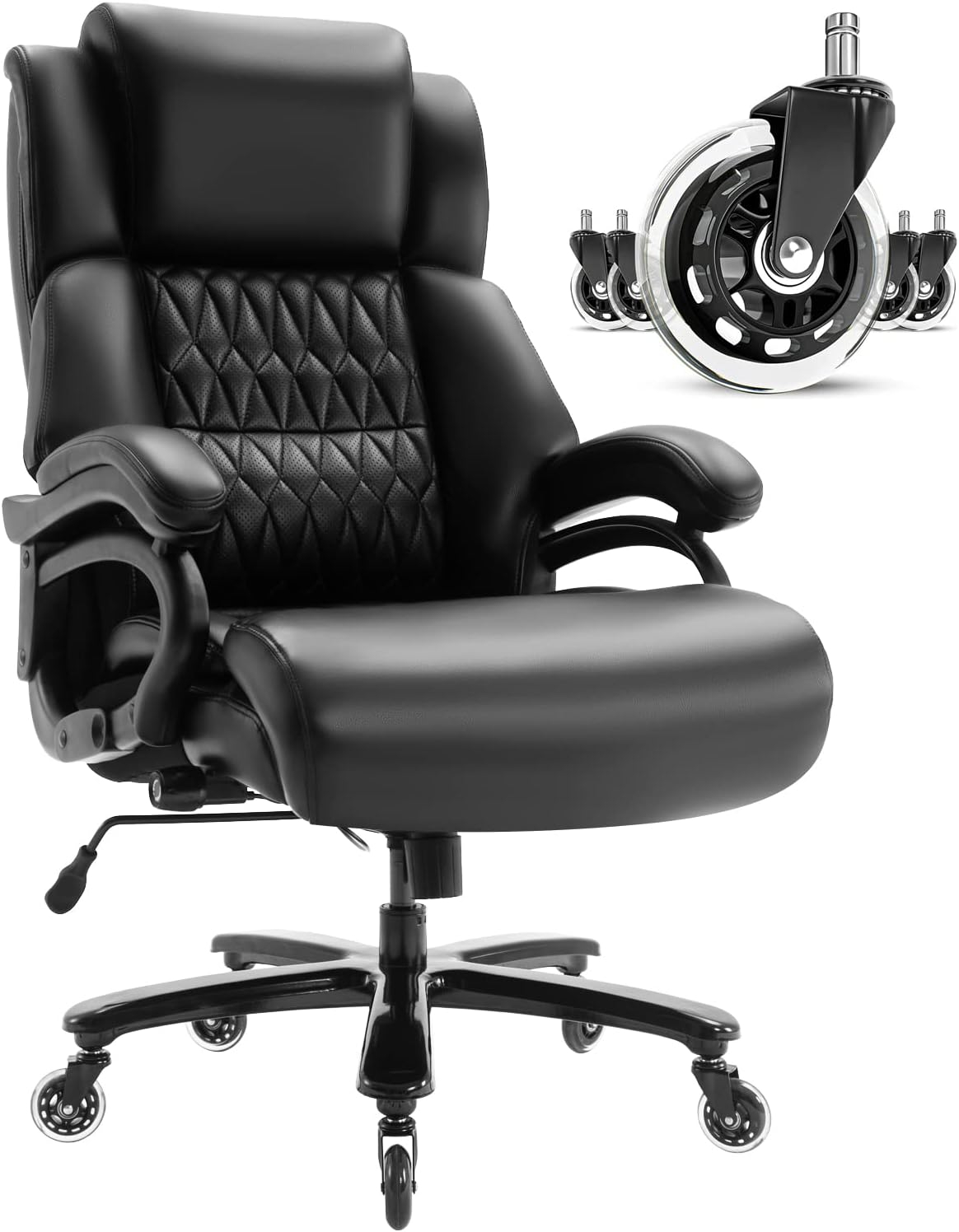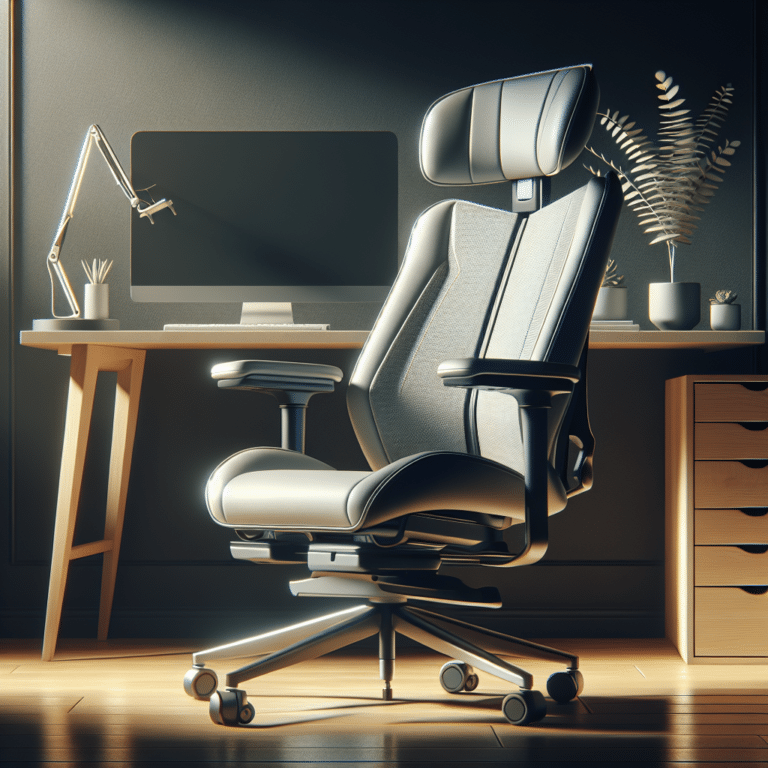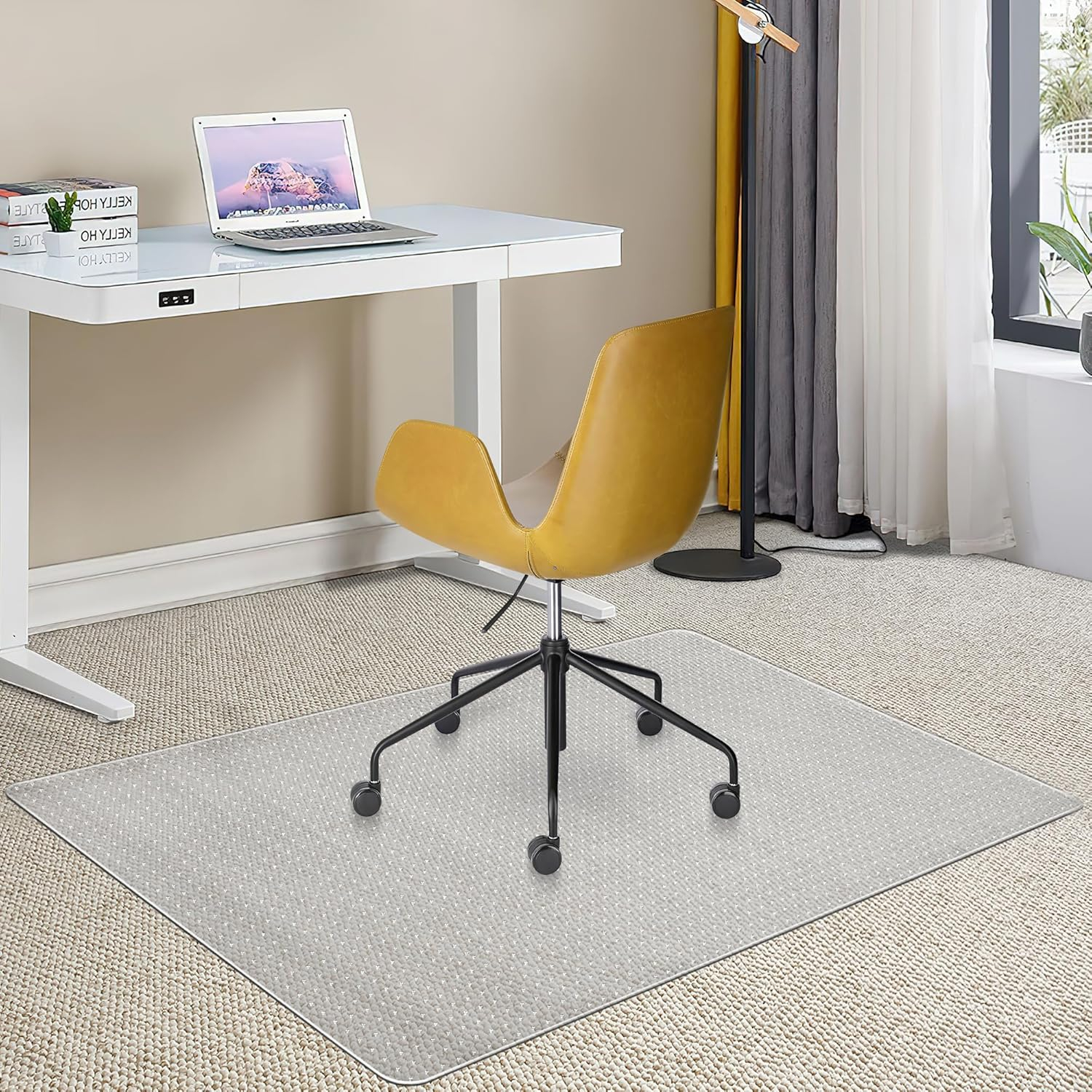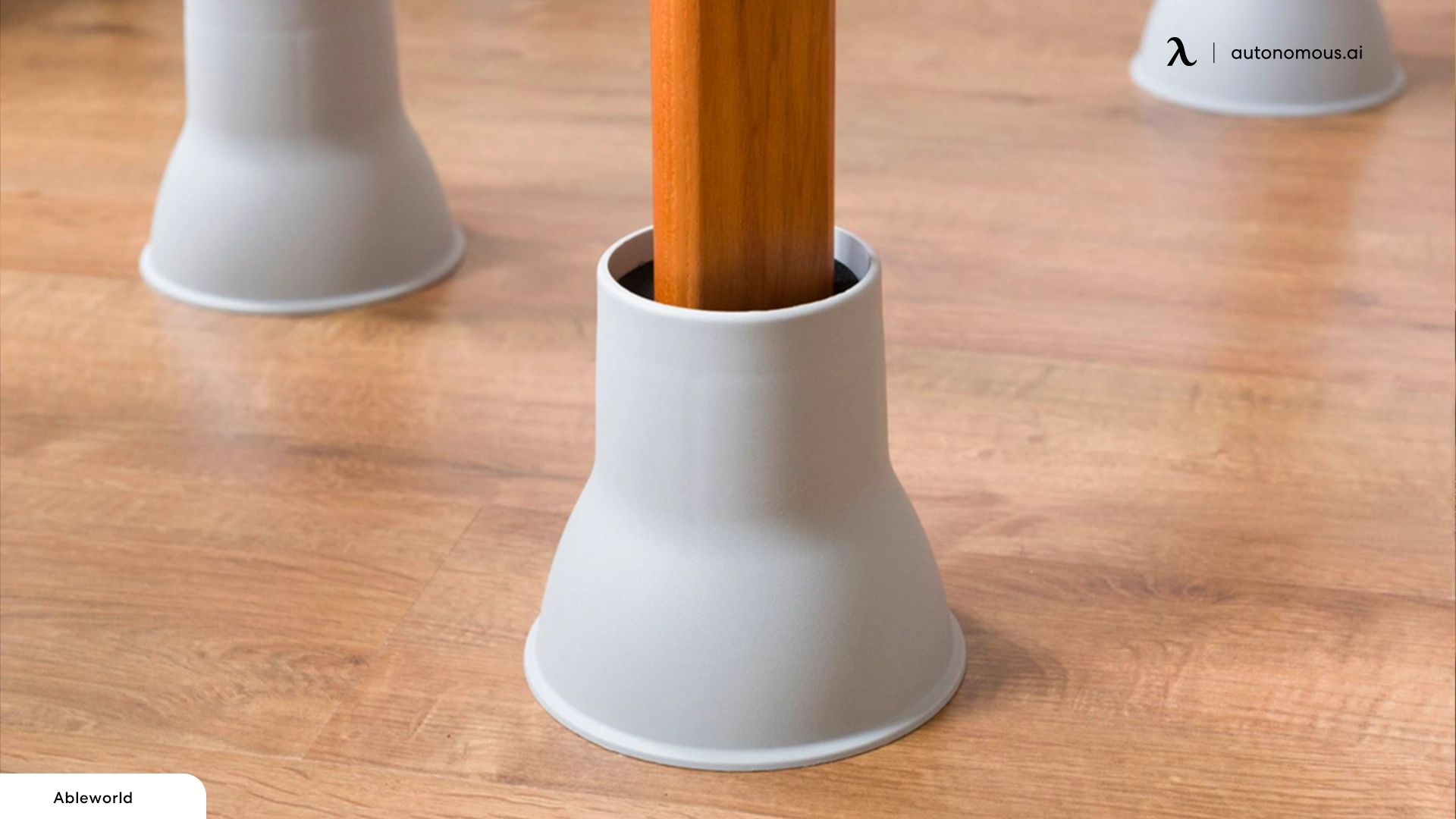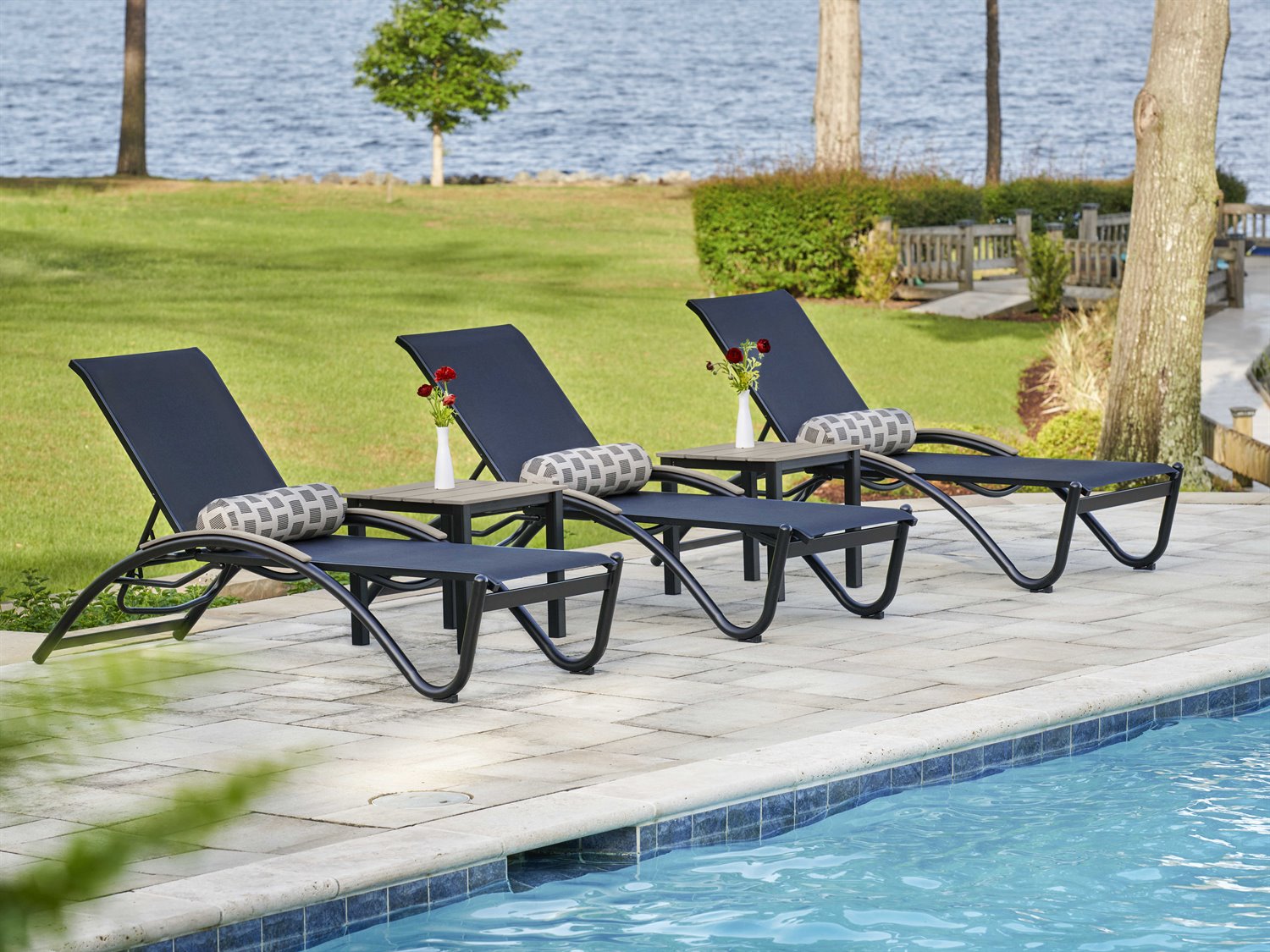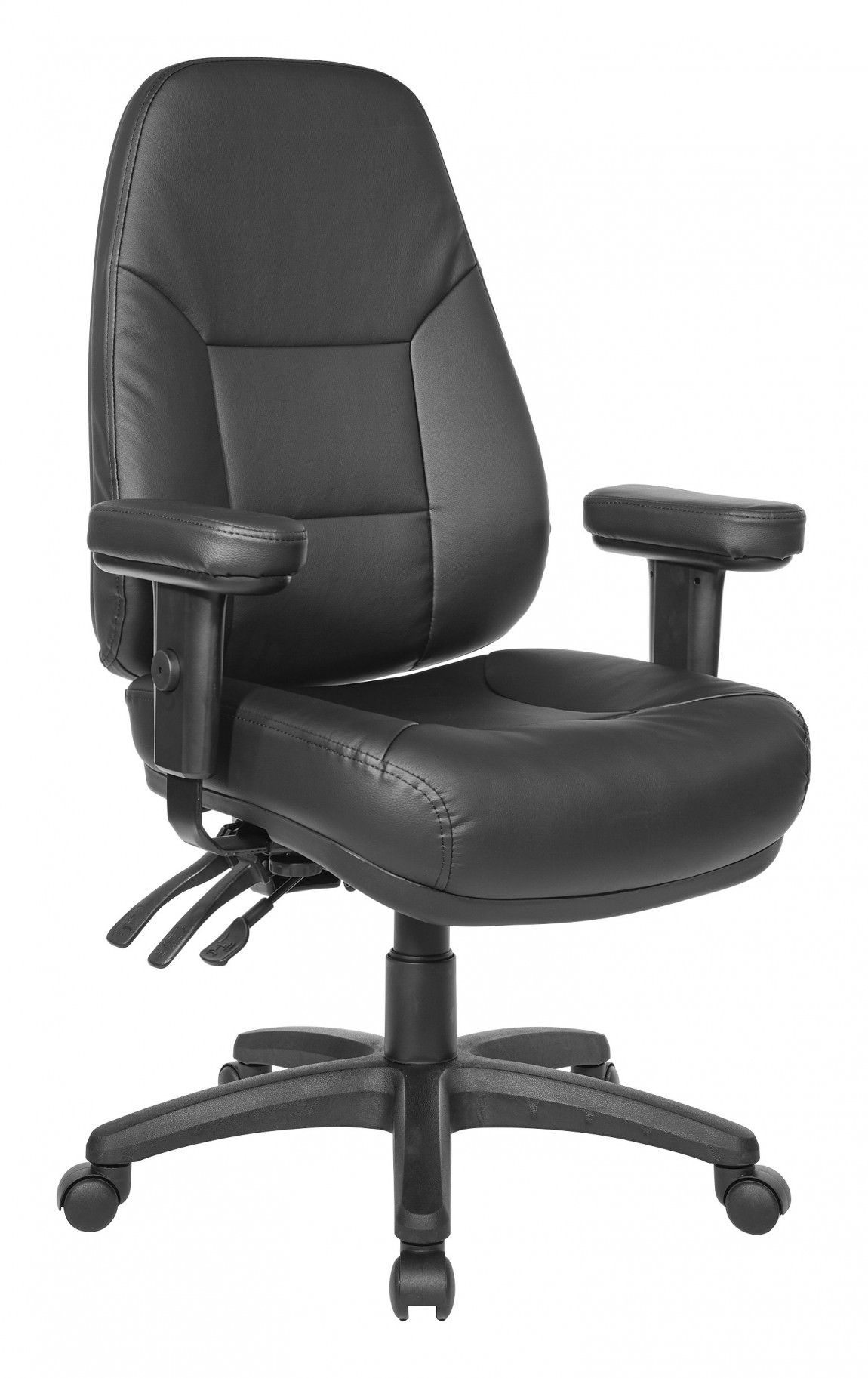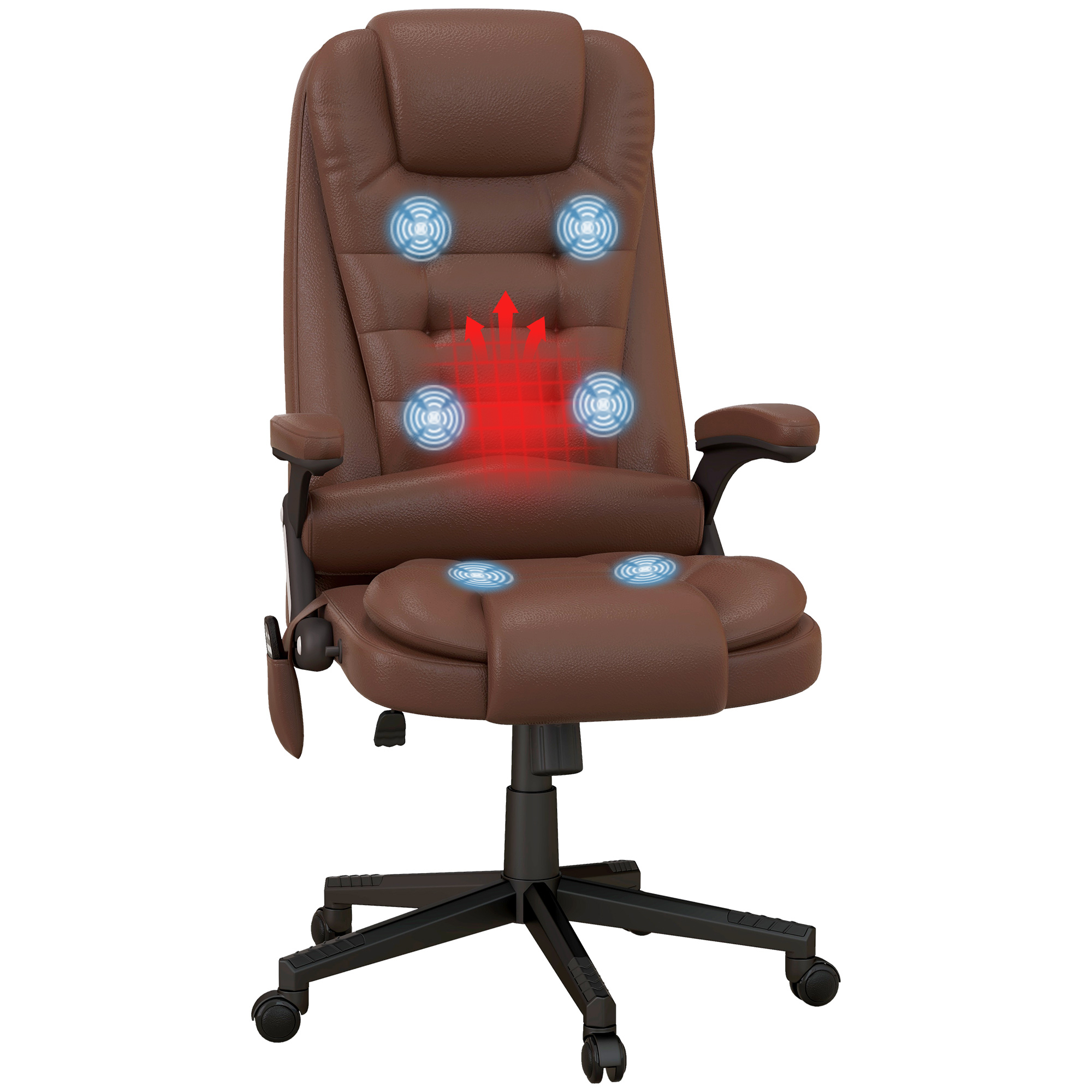That massive office chair you’ve got? It’s more than just furniture; it’s your command center for the workday. But let’s be honest, sometimes ‘oversized’ feels more like ‘overwhelmingly awkward.’ We often think of comfort as a one-size-fits-all deal, but when it comes to these spacious thrones, the usual advice just doesn’t cut it. Get ready to unlock a new level of seating satisfaction you probably never considered.
So, you’ve got one of those generously proportioned office chairs. Maybe it came with the job, or perhaps you invested in it thinking ‘more space equals more comfort.’ And sometimes, it does. But often, that extra room can lead to slouching, poor posture, and a general feeling of being adrift in your own seat. It’s like having a king-sized bed but never quite finding the right pillow. Sound familiar? The good news is, achieving true comfort and support in a larger chair isn’t about fighting its size; it’s about working with it. Let’s explore some less-obvious ways to make that big chair your ultimate ally.
The Foundation: Adjusting What You Can
Before we get into the creative stuff, let’s cover the basics, because they matter. Most oversized chairs still have adjustable components, and maximizing them is key.
- Seat Depth: Can your seat slide forward or back? If it goes too far back, your legs might not be supported properly. Try to get enough thigh support without your knees hitting the edge.
- Armrests: These aren’t just for resting your arms. They should support your forearms at a relaxed 90-degree angle when your shoulders are down. If they’re too far apart or too high, they can cause shoulder strain. Sometimes, lowering them completely is better than having them in an awkward position.
- Backrest Recline & Tilt: Don’t just lock your chair upright. Experiment with the recline. A slight recline can take pressure off your spine. Find a tilt tension that allows you to lean back comfortably without feeling like you’re going to tip over, and a tilt lock that holds you in a supportive position.
- Lumbar Support: Even if your chair has built-in lumbar support, it might not hit the right spot in a larger chair. This is where we start thinking outside the box.
Strategic Padding: Filling the Gaps
This is where the ‘unexpected’ part really kicks in. Instead of just shoving a pillow behind your back, think about targeted support. Since you have more space, you might have gaps that standard cushions don’t address.
- The ‘Seat Enhancer’ Pillow: Forget the typical lumbar pillow for a moment. Consider a smaller, firmer cushion placed underneath your thighs, closer to the front of the seat. This can help prevent you from sliding too far back and improve overall leg support, especially if the seat is a bit too deep. A wedge-shaped cushion can work wonders here.
- Side Bolsters (DIY Style): If you tend to slouch to one side or feel like you’re ‘swimming’ in the chair, think about creating gentle side support. This doesn’t mean strapping yourself in. It could be as simple as placing a rolled-up towel or a small, dense cushion on either side of your lower back or hips. The goal is subtle guidance, not restriction. It helps maintain a more upright and centered posture.
- Headrest Adjustment: If your chair has a headrest, ensure it’s actually supporting your neck, not pushing your head forward. For many, the ideal position is having it slightly below or level with the back of their head, allowing the neck to relax naturally. If it’s adjustable, play with its height and angle.
Foot Support: Elevating Your Experience
When you’re in a larger chair, your feet might not naturally rest flat on the floor, especially after adjusting the seat height for optimal desk level. This is a common issue that impacts posture and comfort.
- The Footrest Revelation: A good footrest is non-negotiable. It should allow your feet to rest at a 90-degree angle, with your thighs parallel to the floor. Look for one that’s adjustable in height and perhaps even tilt. This simple addition can make a world of difference, preventing your legs from dangling and improving circulation.
- The ‘Desk Riser’ Consideration: Sometimes, the chair height is correct for your desk, but the desk itself is too low. Consider desk risers if a new desk isn’t an option. Getting your desk to the right height relative to your chair and your arms is crucial for shoulder and neck comfort.
Posture Reinforcement: Active Sitting Habits
Even with the best adjustments and cushions, your own habits play a huge role. An oversized chair can sometimes encourage lazy posture if you’re not mindful.
- The ‘Core Engagement’ Reminder: Think about gently engaging your abdominal muscles throughout the day. This isn’t about intense crunches; it’s a subtle tightening that supports your spine. It helps you sit taller and prevents that natural tendency to sag, especially in a roomy seat.
- Micro-Breaks are Mighty: Get up and move every 30-60 minutes. Stretch, walk around, even just stand up for a minute. This is vital regardless of your chair, but especially important when you might be tempted to settle into a less-than-ideal position for too long.
- Visual Cues: Place a sticky note on your monitor or desk that says ‘Sit Tall’ or ‘Shoulders Down.’ A simple visual reminder can prompt you to correct your posture throughout the day.
Material Matters: Enhancing the Feel
Sometimes, the material of your chair or the accessories you use can impact comfort, especially in a larger seat where more of your body is in contact with the chair.
- Breathable Covers: If your chair is made of a material that gets warm, consider a breathable seat cover or cushion. This can increase comfort, especially during longer sitting periods. Natural fibers like cotton or bamboo blends are great options.
- Anti-Fatigue Mats (Under the Desk): While not directly on the chair, if you find yourself shifting your weight a lot or feeling restless, an anti-fatigue mat under your desk can provide a subtle variance in surface and reduce strain on your legs and feet, indirectly improving your overall sitting experience.
When to Seek Professional Help (or a Different Chair)
We’ve explored many ways to adapt your current oversized chair, but it’s important to know when it might not be the right fit, no matter what you try.
- Persistent Pain: If you’ve tried various adjustments and supportive aids and still experience significant back, neck, or hip pain, it might be time to consult a physical therapist or an ergonomics specialist. They can offer personalized advice.
- The ‘Can’t Be Fixed’ Chair: Some chairs, even if large, are fundamentally poorly designed or simply not suited to your body type. If your chair lacks essential adjustability or its core structure actively works against good posture, no amount of padding will truly solve the problem. In such cases, investing in a more ergonomically sound chair, even if it’s not ‘oversized,’ might be the ultimate path to comfort and health.
Owning your oversized office chair is all about intelligent adaptation. It’s not just about having a big seat; it’s about making that seat work for you. By focusing on strategic adjustments, thoughtful padding, proper foot support, and mindful habits, you can transform that potentially unwieldy piece of furniture into a genuinely comfortable and productive workspace. Remember, comfort isn’t a luxury; it’s a necessity for well-being and efficiency. So go ahead, experiment, tweak, and find that sweet spot. Your body will thank you.

